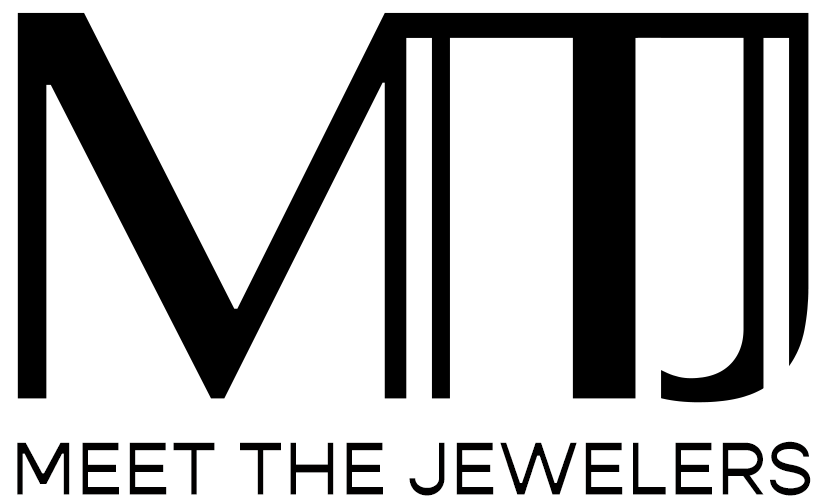Beyond Sparkle: Jewelry With Intention
There’s more than meets the eye when it comes to jewelry. Get the big picture with our long-form deep dives into the ever-changing, everlasting jewelry biz.
Photo credit: @zahava_heirlooms
Ancient symbols that define a pandemic year
About four months into the pandemic, when it was still unclear when my mom and I would see each other again, we decided to buy matching necklaces. We chose delicate Zahava Golden Atlas pendants dotted with a diamond in Virginia, where she lives, and New York, where I am. Though we never said it explicitly, the magnitude of the experience unfolding around us called for a type of memorialization.
Jewelry trends have long been a reflection of the times in which we live. From the graphic architectural lines of the Art Deco period to the proliferation of colored gemstones following the Great Depression, jewelry historians can pinpoint clear, linear threads between social and economic climates and consumer behavior. What does this all mean for a life lived in a pandemic and the physical separation in the face of a globally shared experience? We are a year into our socially distanced realities, but it’s clear that the dramatic rise of talismanic symbols go beyond a trend; they tap into a deeper sense of connectedness in a year spent so far apart.
“Heirlooms mark a moment in time or connect you back to a powerful idea,” Jessica Hendricks Yee, designer of Zahava explains. Her collection of jewelry is marked by thoughtful, albeit unique symbols that are drawn from ancient and Biblical references. Most notably, the ibex. The ibex represents persistence in the face of rough and narrowing terrain, and was found as early as 5200 BC in ancient Mesopotamia.
Yellow gold and diamond Ibex pendent, $965 at Zahava
18k yellow gold, enamel, and diamond Rebel Evil Eye pendant, $1,000 at L’atelier Nawbar
Now, thousands of years later, Jessica tells me her clients seek the same solace in a symbol that does more to illustrate the times than words ever could. “Despite such a difficult financial year for so many, we have seen a steady increase in business. Being able to connect back to a significant piece that feels powerful and timeless is more relevant today than ever before.”
Jewelry overall saw exponential growth in 2020 where retail was hit hard. Dima and Tania Nawbar of Beirut-based L’atelier Nawbar saw a 30% growth of their Rich Kitsch collection focused on evil eyes, lucky numbers, and horseshoes. “The most popular charms are the ones believed to be symbols of protection,” Dima told me.
Yet, not every representation of symbolism is expressed as literally. Willa Wirth, owner and designer of her eponymous line, crafts all of her sterling silver pieces by hand in Portland, ME. Willa pulls inspiration from motifs anchored in history, but reimagined in a fresh, modern way. “After the past year, there is a call to action for all jewelers to step up and help people truly align with their identity,” Willa said. Her interpretation of the eagle, symbolizing vision, precision, and focus, is designed with silver wings extending from a circular body. Though abstract to an outsider, Willa’s eagle necklace is intimately understood to her client.
Sterling silver Eagle necklace, $500 at Willa Wirth
With larger celebrations still on pause, jewelry has an everlasting quality, much in the same way a memory does.
What we wear is as significant as how we wear it. A wedding band, for instance, is a universal indicator of relationship status in the same way a birthstone commemorates a celebratory month. It’s still early to have a full understanding of how the past year has influenced our purchasing habits, but there is no doubt we have found solace in ancient metaphors, and the jewels that connect us.
Editor: Samantha Durbin Wordsmith: Elissa Velluto
Every item featured is personally selected by our writers and editors (read: we're totally into it). Please know that when you buy through our links, we may earn an affiliate commission (read: we get to keep doing what we love).





